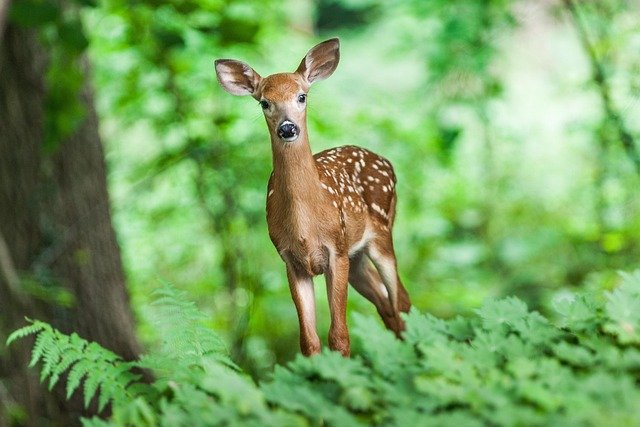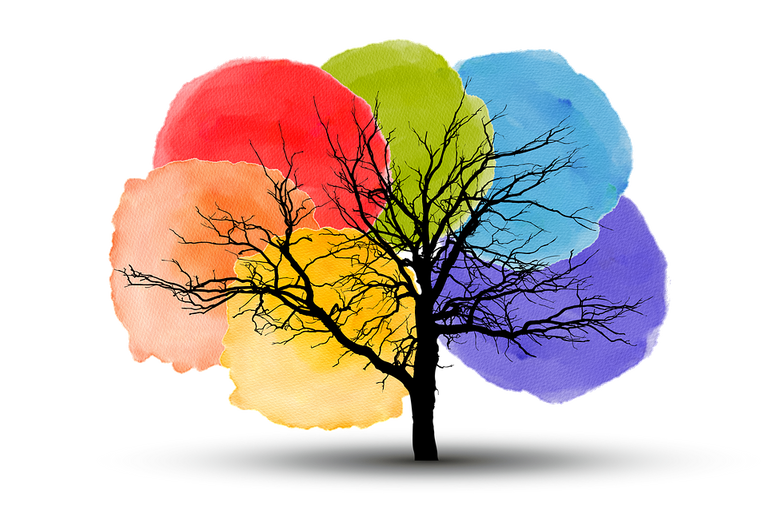**Title: "The Evolution of Storytelling in Video Games

The Secret Lives of Urban Wildlife
Urban environments are bustling with human activity, but they also serve as hidden habitats for a variety of wildlife. From raccoons rummaging through trash cans to hawks soaring above city skyscrapers, urban wildlife has adapted in fascinating ways to thrive alongside humans. In this post, we’ll explore the secret lives of these remarkable creatures and how they navigate the complexities of urban living.
The Adaptability of Urban Wildlife
One of the most intriguing aspects of urban wildlife is their adaptability. Many species have learned to modify their behaviors and habits to survive in cities. Here are a few examples:
Raccoons: Known for their dexterous paws and intelligence, raccoons have become experts at scavenging. They often forage through garbage, finding food that humans discard.
Pigeons: These birds have become synonymous with city life. Originally wild birds, they have adapted to urban settings by nesting on buildings and feeding on discarded food.
Coyotes: Once relegated to rural areas, coyotes have made their way into cities, taking advantage of green spaces and parks. They are skilled hunters and often prey on small mammals that thrive in urban environments.
The Importance of Green Spaces
Green spaces, such as parks and community gardens, play a crucial role in supporting urban wildlife. These areas provide essential resources such as food, shelter, and breeding grounds. They also help to maintain biodiversity within cities. Here’s how you can help support urban wildlife:
Plant Native Species: Incorporating native plants into your garden can attract local wildlife, providing food and habitat for birds, butterflies, and other pollinators.
Create Wildlife Habitats: Simple additions like birdhouses, bee hotels, and water features can make your yard a sanctuary for various species.
Reduce Pesticide Use: Minimizing the use of chemicals in your garden helps protect the health of local wildlife and promotes a more balanced ecosystem.
The Role of Urban Wildlife in Ecosystems
Urban wildlife plays a significant role in maintaining the health of urban ecosystems. They help control pest populations, pollinate plants, and contribute to nutrient cycling. By understanding and appreciating these creatures, we can foster a more harmonious coexistence between humans and wildlife.
Conclusion
The secret lives of urban wildlife are a testament to nature’s resilience and adaptability. By recognizing the importance of these creatures and their habitats, we can take meaningful steps to protect and support them in our cities. Next time you encounter a raccoon or see a hawk perched on a building, take a moment to appreciate the incredible lives they lead right under our noses.
Join the Conversation!
What urban wildlife have you spotted in your area? Share your experiences and tips for coexisting with nature in the comments below!

All images are taken from the Pixabay.com